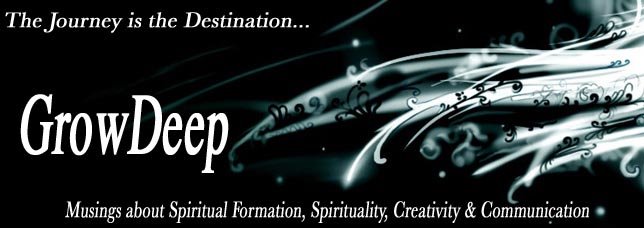 Recently, Kem Meyer, author of LESS CLUTTER. LESS NOISE, linked a couple of great posts on the inter-connectivity of the skills demonstrated by leaders and artist, and how they can learn from each other.
Recently, Kem Meyer, author of LESS CLUTTER. LESS NOISE, linked a couple of great posts on the inter-connectivity of the skills demonstrated by leaders and artist, and how they can learn from each other.How leaders should act like artists (from Harvard Business):
- Artists constantly collaborate. The example given was the common occurrence of an exhibition with multiple artists showing together, or the so-called "group show." Even in the context of a solo show, the artist works with the gallery owner, the curator, the framers, the installers, the lighting person, the publicist to bring their vision to life. Every exhibition is a collaboration to the nth degree.
- Artists are talented communicators. The whole point of a work of art is to communicate something — a thought, an idea, a feeling, a vision. More explicitly, the artist frequently gives a talk to explain the thought process behind the artwork. Engaging the audience in a meaningful, expansive dialogue is often critical to the exhibition's success.
- Artists learn how to learn together. Perhaps the reason why artists collaborate and socialize so well is that they learn in the studio model — ten or more students in the same room for hours on end. Bonded together in a personal space of intimate self-expression, they come into their own through the familial ties of the studio setting. When interviewed recently about the differences in her education at Brown and at RISD, one student who is getting a dual degree from both institutions said, "At RISD there's a lot of learning from your peers. Brown (in the classes I've taken so far anyway) is about listening and note-taking in class."
How artists should act like leaders (from Accidental Creative):
- I speak my mind and fight for ideas but refuse to play the “victim” when my idea doesn’t win out.
- I do what’s in the best interest of the team and the project, even when it costs me something.
- I do the little things that matter even when I could feasibly cut corners.
- I stretch myself to see things from new points of view.
- I think strategically, even when I don’t have all the information I want.
- I don’t point fingers, talk trash or assign blame behind closed doors.
- I have something that guides my creating beyond comfort and preference.

No comments:
Post a Comment